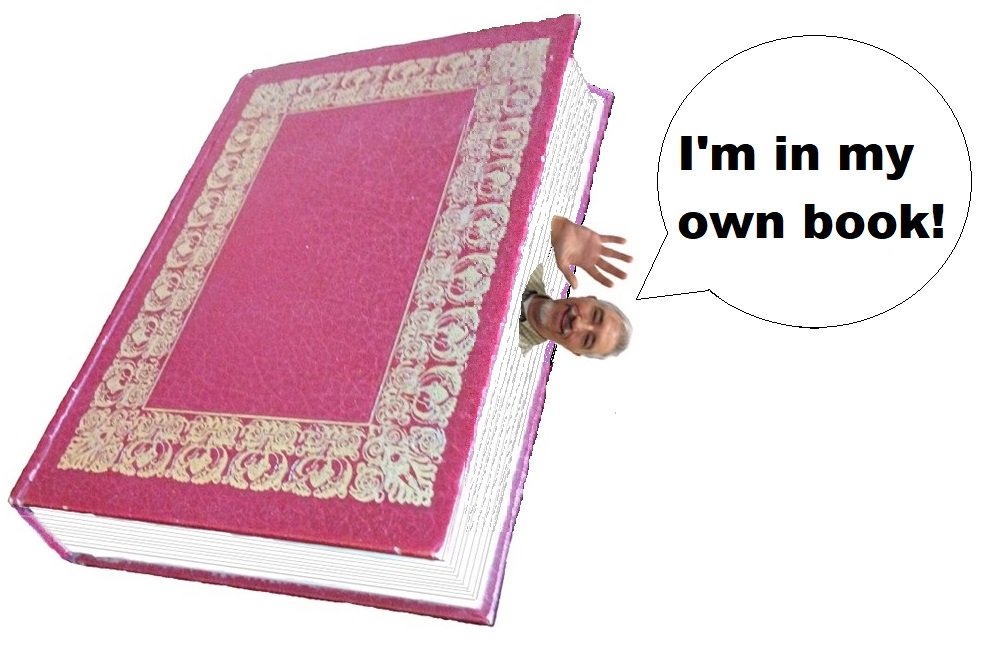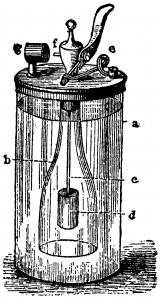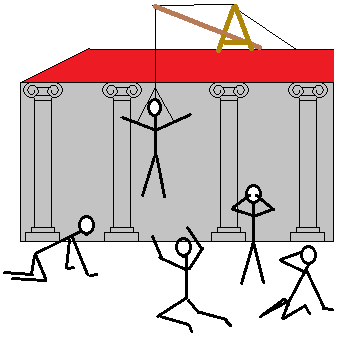When authors write themselves in as characters in their fiction, we call it ‘self-insertion.’ Why and when might you try this literary technique?
The list of authors who’ve done this includes names you’ve heard of— Dante Alighieri, Rudyard Kipling, Somerset Maugham, Kurt Vonnegut, Stan Lee, Clive Cussler, Stephen King, and Daniel Handler (writing as Lemony Snicket). Pretty good company.
The technique varies. In Dante’s Divine Comedy, Dante made himself the main character. He used self-insertion to give the book more credibility, to imitate a nonfictional account of an actual journey.
For Stan Lee, Clive Cussler, and others, self-insertion serves a comedic purpose. The author/character assumes a minor role in the narrative, a cameo. The character may offer a humorous comment about the plot, setting, or protagonist. In Cussler’s books, the character named Cussler often gives the protagonist some useful information, serving as a self-named Deus ex Machina.
One of the strangest uses of self-insertion appears in an experimental novel by the French author Charles de Fieux De Mouhy (1701-1784) in his novel Lamékis, or The Extraordinary Travels of an Egyptian in the Interior Land; with the Discovery of the Isle of Sylphides. I haven’t read it, but others say the novelist enters the book as a character about halfway through. The book’s other characters recognize him as the author of the book they’re in, and berate him about the falsehoods he’s written. When characters realize they’re in a book, that’s called ‘breaking the fourth wall.’
The technique of self-insertion differs from the related term, ‘author surrogate.’ That’s when a character (usually not sharing the author’s name) speaks for, or otherwise resembles, the author. In the broad sense of this term, you might see this in nearly every work of fiction. At some point, a character offers an observation sounding more like the author than the character. A beginning writer may use the technique without intending to, because it’s difficult to get out of one’s own head and think like someone else.
Back to self-insertion. However quirky the technique may seem to readers, it comes with obvious advantages for the writer. You don’t have to invent this character’s name, or draw up a personality profile, or ponder what the character might say or do at any point. You know all those things already.
The danger lies in representing a self-inserted character as better than the writer really is. Such a character may always look right, say the right thing, and act the right way. In short—flawless, perfect. Readers find such characters unrealistic, whether self-inserted or not.
Self-insertion works best for stories set in a contemporary time period. That is, while the author is alive. Inserting yourself into historical fiction or future fiction would seem weird, but might work as humor, or as part of a philosophical reality-questioning work like De Mouhy’s Lamékis.
The technique might strike you as bordering on egotism, or as crossing way over that border. That’s why many authors who use it go for the comedy aspect. (Yes, I’m vain, but I’m poking fun at myself.) I see it more as wish fulfillment—an author loving the story and yearning to be in it.
“Time to wrap this up, don’t you think?”
Um, who are you?
“Don’t you recognize me? I’m Steve Southard, the main character of this blogpost.”
This isn’t fiction. You don’t belong here. I’m the narrator, and writer, and I say what belongs in this post. You don’t.
“Too bad. I’m here, and it’s time we signed off with my other name—
Poseidon’s Scribe”





 experience is based solely on twenty years of being in small, amateur, face-to-face critique groups; not writing workshops, classes, or online critique groups; so the following advice is tuned to that sort of critique.
experience is based solely on twenty years of being in small, amateur, face-to-face critique groups; not writing workshops, classes, or online critique groups; so the following advice is tuned to that sort of critique.